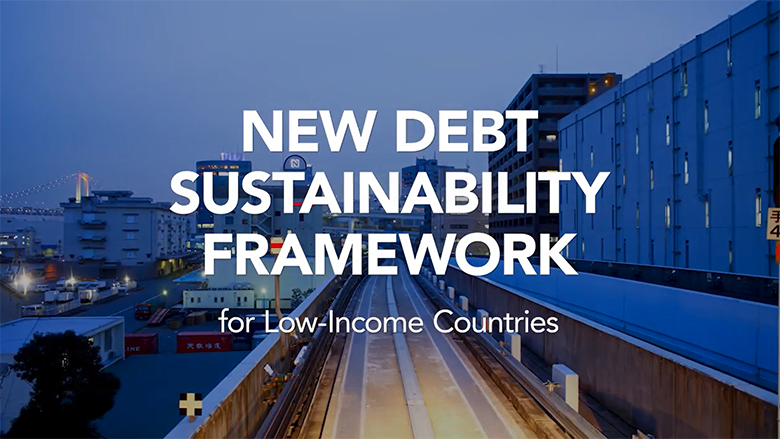The Debt Sustainability Framework (DSF) is the main tool for multilateral institutions and other creditors to assess risks to debt sustainability in Lower-Income Countries (LICs). The framework classifies countries based on their assessed debt-carrying capacity, estimates threshold levels for selected debt burden indicators, evaluates baseline projections and stress test scenarios relative to these thresholds, and then combines indicative rules and staff judgment to assign risk ratings of debt distress.
First introduced in 2005, the LIC DSF has been subject to a comprehensive review every 5 years. The most recently revised LIC DSF became operational in 2018.
Debt Sustainability Framework Template by Country
Why Do We Need the DSF?
The objective of the LIC DSF is to support efforts by low-income countries to achieve their development goals, while minimizing their risk of experiencing debt distress. Debt crises are costly to debtors, creditors, and the international monetary and financial system.
In recent years, debt vulnerabilities in LICs have risen. Since 2013, many countries have witnessed an increased risk of debt distress and over two-fifths of these countries are facing significant debt challenges.
A full debt sustainability analysis (DSA) should generally be produced at least once every calendar year.
For the IMF, both surveillance (Article IV) and lending (IMF program) should be accompanied by a DSA. For the World Bank, an annually produced DSA is required to determine the IDA credit-grant allocation. See the “Guidance Note” for more information.
Who Should Use the LIC DSF?
The LIC DSF applies to low-income countries that have substantially long-maturity debt with terms that are below market terms (concessional debt), or to countries that are eligible for the World Bank’s International Development Association (IDA) grants.
A low-income country may eventually graduate from the concessional debt sustainability analysis and migrate to the Debt Sustainability Analysis for Market-Access Countries (MAC DSA) when its per capita income level exceeds certain threshold for a specified period or when it has the capacity to access international markets on a durable and substantial basis.
DSAs play a critical role in guiding borrowing and lending decisions.
How Does the LIC DSF Template Work?
The LIC DSF template, an Excel-based tool, analyzes scenarios based on user inputs. These inputs are in turn based on a comprehensive macroeconomic framework consisting of historical data and interrelated projections of key macroeconomic variables, often referred to as the baseline scenario. Also important is a financing strategy consistent with the macroeconomic framework (discussed in station 2).
The template automatically applies a series of shocks, or stress tests, to gauge the sensitivity of the debt burden indicators to changes in the baseline scenario. All the debt burden indicators are based on Public and Publicly Guaranteed (PPG) debt and the solvency indicators are in Present Value (PV) terms.
The LIC DSF template classifies countries based on their debt-carrying capacity (see station 4 for explanations). It also compares countries' debt indicators under the baseline and stress scenarios to the relevant thresholds. Risk signals from the template, referred to as mechanical risk signals, are combined with judgement to determine the risk ratings of external and overall public debt distress.


